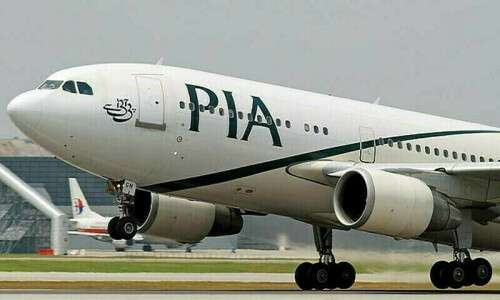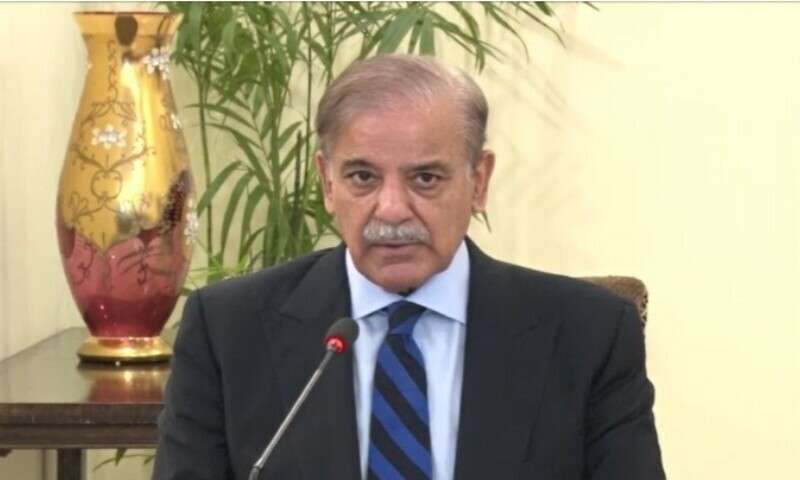Introduction
In a momentous development for Pakistan’s aviation industry, the European Commission and the European Aviation Safety Agency (EASA) have officially lifted the ban on Pakistan International Airlines (PIA), allowing the airline to resume flights to Europe. This marks the end of a challenging period for PIA, which has faced significant setbacks since the 2020 plane crash in Karachi and the subsequent fake pilot license scandal. The ban had caused the airline to lose substantial revenue, but recent reforms and safety improvements have paved the way for the resumption of its European operations.
Background: The Events Leading to the Ban
PIA’s Suspension in 2020
In June 2020, PIA’s authorization to operate in Europe was suspended due to a series of alarming safety concerns. This decision followed a tragic crash involving a PIA flight in Karachi, which killed nearly 100 people. The investigation revealed that the pilots had failed to follow standard operating procedures, triggering questions about the overall safety practices within the airline.
Adding to the scandal, then-aviation minister Ghulam Sarwar Khan revealed that many Pakistani pilots, including those employed by PIA, held dubious pilot licenses. This information was deeply concerning to global aviation authorities, particularly the European Aviation Safety Agency (EASA). Following this, EASA decided to impose a ban on PIA’s flights to Europe and the United Kingdom, grounding the airline’s operations on its most lucrative international routes.
Impact of the Ban on PIA
The suspension dealt a severe blow to PIA, costing the airline an estimated Rs 40 billion in annual revenue. The lack of European routes affected PIA’s international market share, and the airline faced an uphill battle to restore its reputation and operations abroad.
PIA’s response to the ban involved significant efforts to meet international aviation standards, particularly those set by the International Civil Aviation Organisation (ICAO). These reforms included improving the airline’s safety protocols, strengthening its oversight mechanisms, and addressing deficiencies within Pakistan’s Civil Aviation Authority (PCAA).
The Role of EASA and European Commission in Lifting the Ban
Key Reforms by PCAA
As part of its efforts to resolve the issues highlighted by EASA, Pakistan implemented several reforms aimed at improving aviation safety. The Pakistan Civil Aviation Authority (PCAA) underwent significant restructuring, with a focus on leadership stability, staff training, and a clearer segregation of regulatory functions. The PCAA Act was also enacted to streamline operations and increase accountability.
These reforms were crucial in restoring confidence among international regulators, including the European Commission and EASA. The agency’s lifting of the ban was largely based on the PCAA’s continued efforts to address the safety issues and the implementation of a corrective action plan to resolve deficiencies in safety oversight.
EASA’s Assessment and On-Site Review
In November 2023, an on-site review of the PCAA’s safety oversight was conducted by the European Commission and EASA. This comprehensive review assessed the authority’s ability to meet ICAO standards and identified multiple areas for improvement. Issues such as understaffing in the Flight Standards Directorate and deviations from established safety procedures were flagged during the assessment.
In response, the PCAA presented a corrective action plan that outlined measures to address the identified deficiencies. This plan was discussed in a series of hearings with the EU safety committee, which concluded that the safety situation in Pakistan was improving. Following this, EASA and the European Commission decided that PIA’s suspension could be lifted, contingent on continued monitoring of safety measures and improvements.
The Path Forward for PIA and Pakistan’s Aviation Industry
Reinstating PIA’s European Operations
Aviation Minister Khawaja Asif celebrated the lifting of the ban, calling it a “momentous day” for Pakistan’s aviation sector. He emphasized that the decision was the result of Pakistan’s concerted efforts to improve its safety standards and aviation practices.
The lifting of the ban is a significant milestone for PIA, which will now be able to resume flights to Europe, re-establishing vital connections with some of its most profitable markets. As part of the announcement, the government also revealed that Airblue, a rival Pakistani airline, had been granted Third Country Operator authorization by EASA, enabling it to operate in European airspace as well.
Ongoing Safety Monitoring and Oversight
Although the ban has been lifted, EASA and the European Commission will continue to monitor Pakistan’s aviation safety situation closely. The EU Air Safety Committee has recommended regular progress reporting and technical meetings to ensure that safety standards are consistently upheld. The PCAA will also need to demonstrate continued improvements in safety oversight and operational transparency.
The ongoing scrutiny will involve regular ramp inspections of PIA and other Pakistani airlines, as well as additional hearings if necessary. The European Commission has emphasized the importance of leadership stability within the PCAA and the need for continued government support to ensure the sustainable development of Pakistan’s aviation sector.
Key Measures Taken by Pakistan’s Government to Strengthen PCAA
Government’s Commitment to Safety and Reform
The Pakistani government has taken significant steps to strengthen the PCAA, including appointing professional leadership, offering specialized training to its staff, and creating an independent regulatory framework. These measures were designed to enhance the authority’s ability to oversee aviation safety and ensure compliance with international standards.
Aviation Minister Khawaja Asif expressed gratitude to EASA and the European Commission for conducting a transparent review process and for acknowledging the reforms implemented by Pakistan’s aviation authorities. The government’s focus on improving safety has been pivotal in regaining the trust of international regulators.
Future Prospects for PIA and Pakistan’s Aviation Industry
With the lifting of the ban, PIA has the opportunity to restore its international reputation and expand its services to Europe. However, the airline will need to maintain high safety standards and continuously improve its operational practices to remain compliant with international regulations. The future of Pakistan’s aviation industry will depend on sustained efforts to address safety concerns and foster a culture of transparency and accountability within the PCAA.
Conclusion: A New Chapter for Pakistan’s Aviation Industry
The lifting of the ban on PIA is a positive development for both the airline and Pakistan’s aviation sector as a whole. This milestone signals that Pakistan is on the path to improving its aviation safety and re-establishing itself as a reliable player in international air travel. As PIA resumes its flights to Europe, it will be crucial for the airline to maintain safety standards, ensure transparency, and continue the reforms that have brought it to this point.
With continued support from the government and ongoing monitoring by international bodies, PIA has a chance to regain its position as a respected airline in the global aviation market.
FAQs
1. Why was the ban on PIA flights to Europe imposed?
The ban was imposed after a series of safety concerns, including the Karachi plane crash in 2020 and a scandal involving fake pilot licenses. These issues raised alarms about the airline’s safety standards, leading to the suspension of its European operations.
2. When did EASA lift the ban on PIA flights?
The European Commission and EASA officially lifted the ban in November 2023, following significant reforms and improvements in Pakistan’s aviation safety practices.
3. How did the Pakistani government address the concerns that led to the ban?
The government enacted the PCAA Act, implemented reforms within the Pakistan Civil Aviation Authority, and worked to strengthen leadership and training within the aviation sector.
4. Will PIA flights to Europe be restored immediately?
Yes, with the ban lifted, PIA is expected to resume flights to Europe, restoring a key part of its international operations.
5. What ongoing measures will ensure PIA’s continued compliance with safety standards?
EASA and the European Commission will continue monitoring PIA’s safety oversight, including conducting regular inspections and requiring progress reports from the PCAA.



